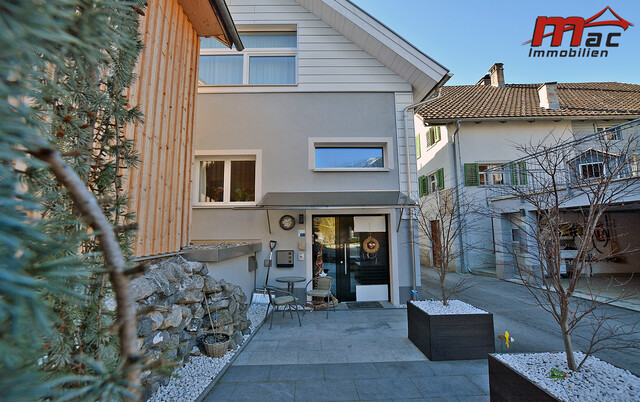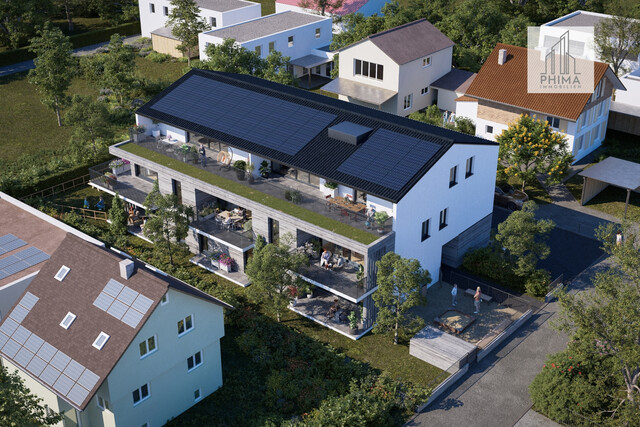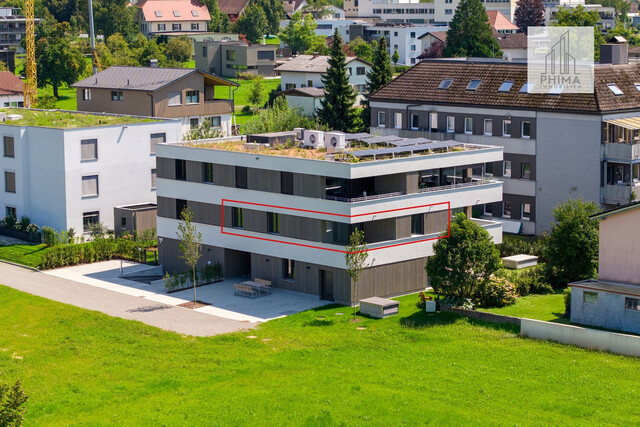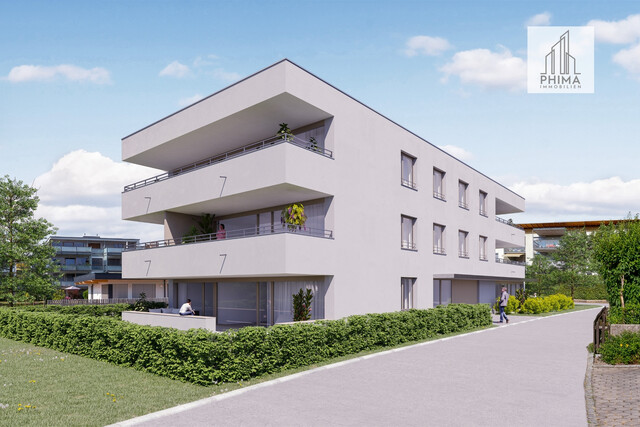Homeownership Remains Unaffordable for Many
According to a recent calculation by the comparison portal durchblicker, an average dual-income couple in Vienna would need to spend around 53 percent of their net income in June 2025 to finance a 90-square-meter new apartment. This burden is significantly above the 40 percent upper limit recommended by the Financial Market Authority (FMA).
"The interest rate cuts by the ECB are coming to an end, so the high real estate prices remain a key issue for affordability," said durchblicker CEO Martin Spona.
KIM Regulation Expired – Criticism Remains
The lending rules for real estate loans recently became a political issue again. The corresponding KIM regulation expired at the end of June and is therefore no longer legally binding for banks. However, the FMA urged financial institutions to continue following the rules in principle.
This led to much criticism from banks and politicians. Most recently, on this Wednesday, by the Secretary General of the Freedom Economy, Reinhard Langthaler, who accused the FMA of an "anti-economic course" that "thwarts a desperately needed upswing in the construction industry." "The strict rules for loans for home purchases have deeply affected the entire real estate sector and its employees," said Johannes Wild, chairman of the professional group of real estate and asset trustees in the Lower Austrian Chamber of Commerce (WKNÖ). Buyers and companies can now "breathe a sigh of relief" after the end of the KIM regulation.
FMA head Helmut Ettl defended his authority's approach in an interview with the Upper Austrian News (OÖN). A corresponding recommendation to banks has been in place since 2016. After the expiration of the KIM regulation, we are now returning to this state. Before the KIM regulation came into effect (2022), however, 90 percent of the loans no longer met the criteria, he argues. Moreover, the demand for loans has picked up again this year - despite the KIM regulation.
OeNB: KIM-VO Not the Limiting Factor for Lending
The KIM regulation required an equity share of at least 20 percent and a debt service ratio of a maximum of 40 percent with a maximum term of 35 years. However, banks could deviate from these rules for 20 percent of the loans granted - an exception they only made limited use of despite criticism of the overly strict rules, as the National Bank (OeNB) wrote in its latest financial market stability report.
In the second half of 2024, 87 percent of newly granted loans met the KIM criteria (all banks combined). Around 60 percent of banks would use less than half of their exception quota. "Overall, around 600 million EUR of the exception volume remained unused, which shows that the KIM-VO is not the limiting factor for lending to private households," according to the National Bank.
Fixed Interest Rates Continue to Rise
For people taking out a mortgage, durchblicker meanwhile recommends borrowing at a fixed interest rate. Most comply with this, as figures from the OeNB show. In April, new loans worth 1,577 million euros were granted - 88 percent of which were at a fixed interest rate and 12 percent at a variable rate. A clear trend has emerged in recent years: In 2020 and 2021, the fixed-rate share was only slightly above 60 percent in all quarters. Since mid-2023, the rate has always been more than 75 percent.
(APA/Red)
This article has been automatically translated, read the original article here.
Du hast einen Hinweis für uns? Oder einen Insider-Tipp, was bei dir in der Gegend gerade passiert? Dann melde dich bei uns, damit wir darüber berichten können.
Wir gehen allen Hinweisen nach, die wir erhalten. Und damit wir schon einen Vorgeschmack und einen guten Überblick bekommen, freuen wir uns über Fotos, Videos oder Texte. Einfach das Formular unten ausfüllen und schon landet dein Tipp bei uns in der Redaktion.
Alternativ kannst du uns direkt über WhatsApp kontaktieren: Zum WhatsApp Chat
Herzlichen Dank für deine Zusendung.








